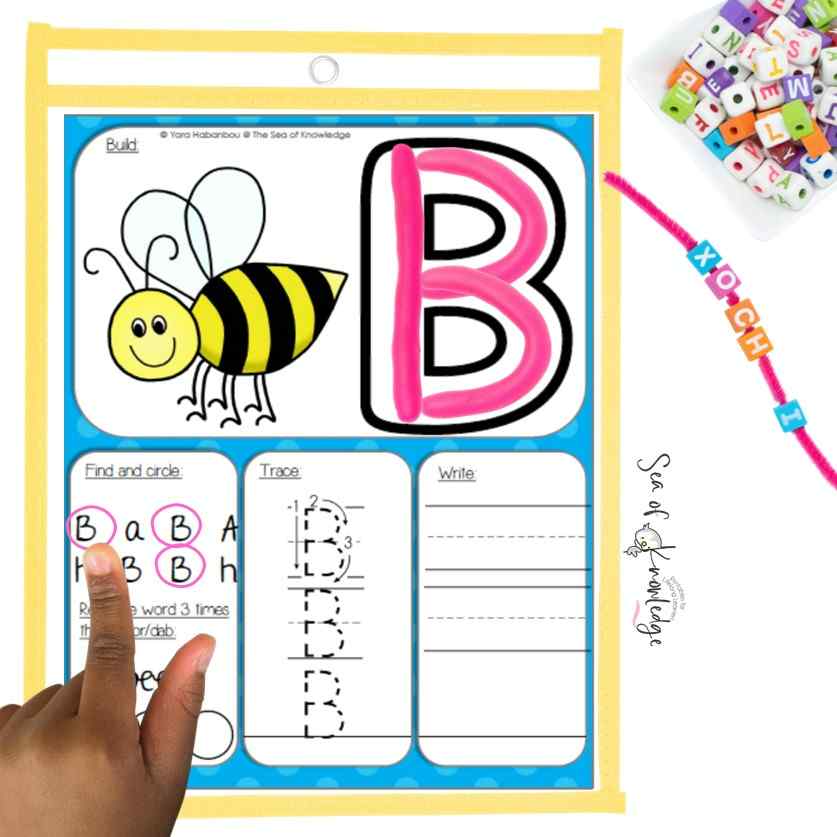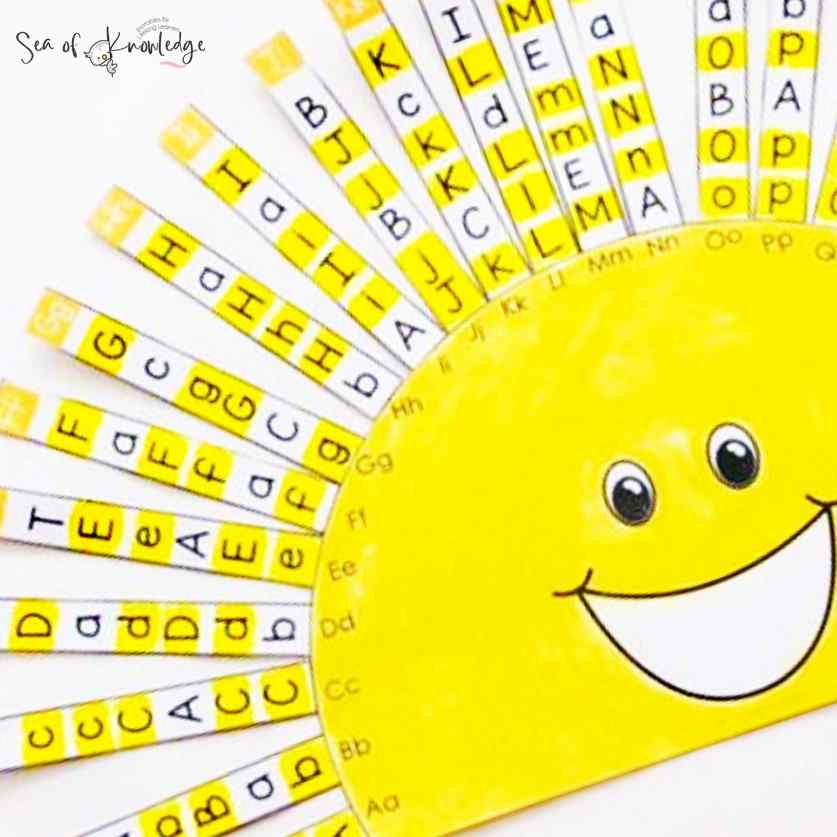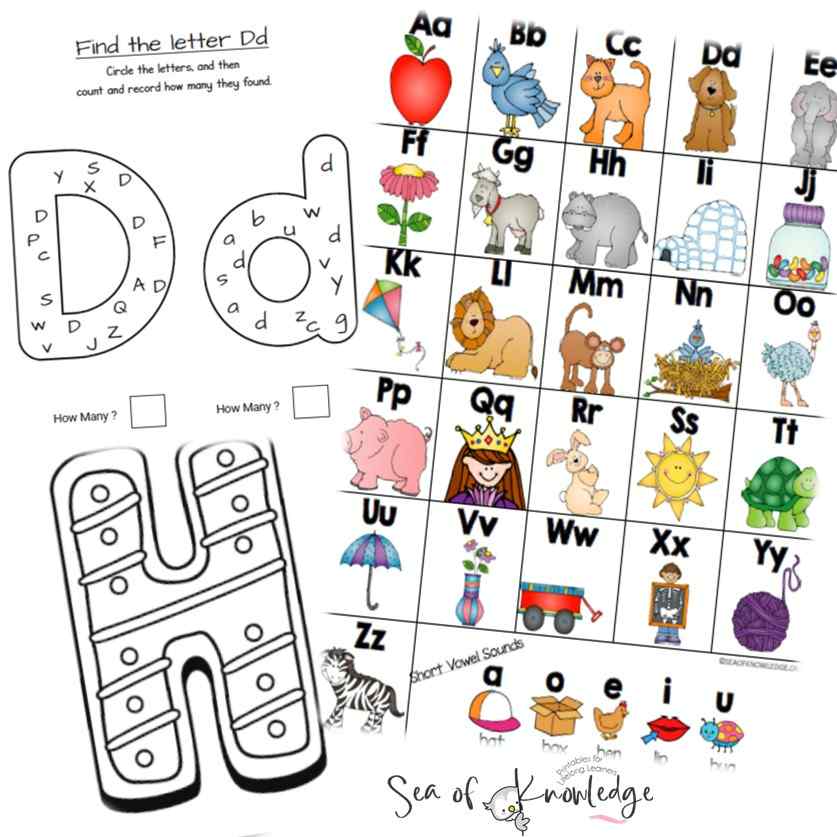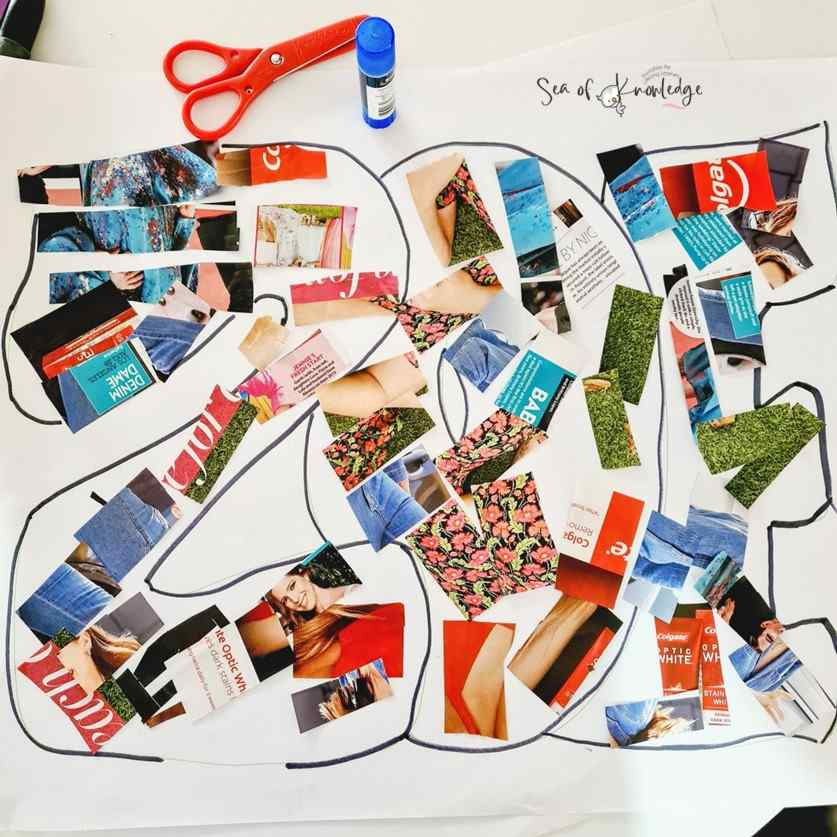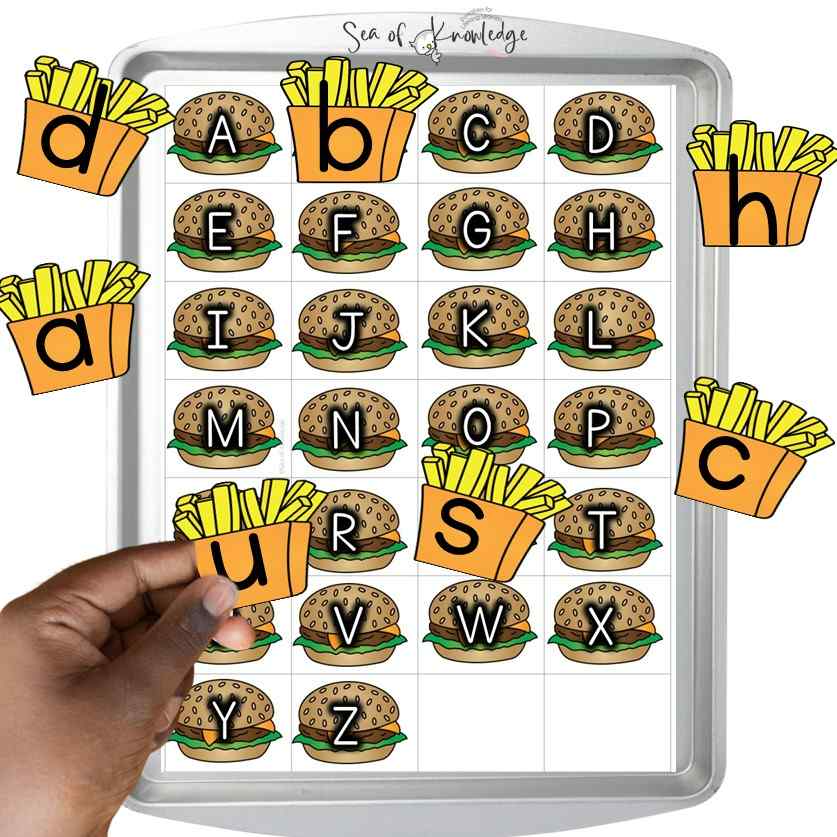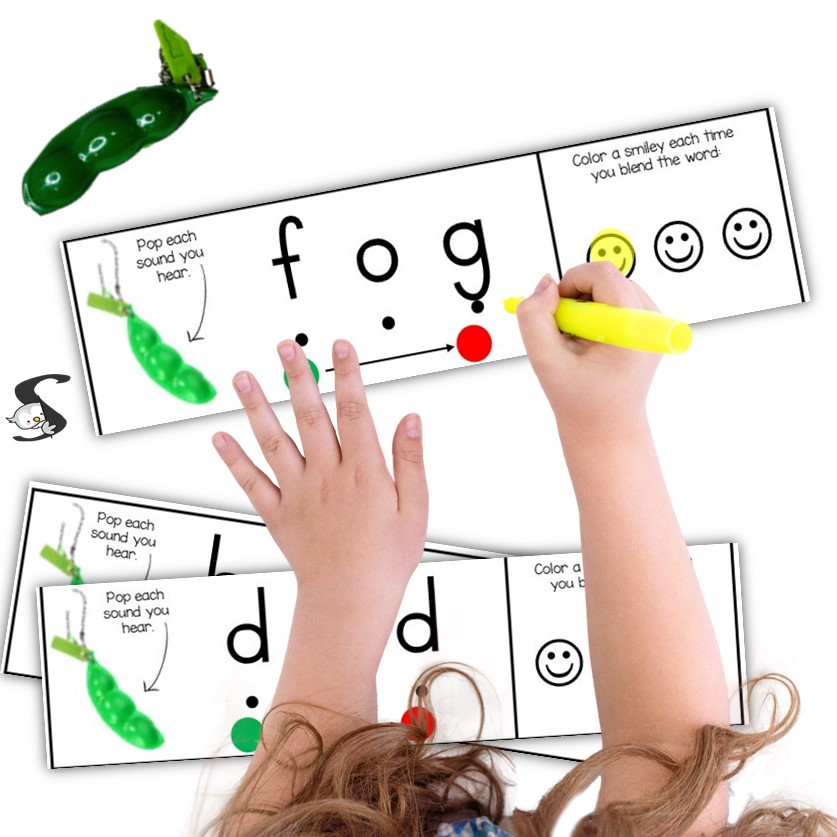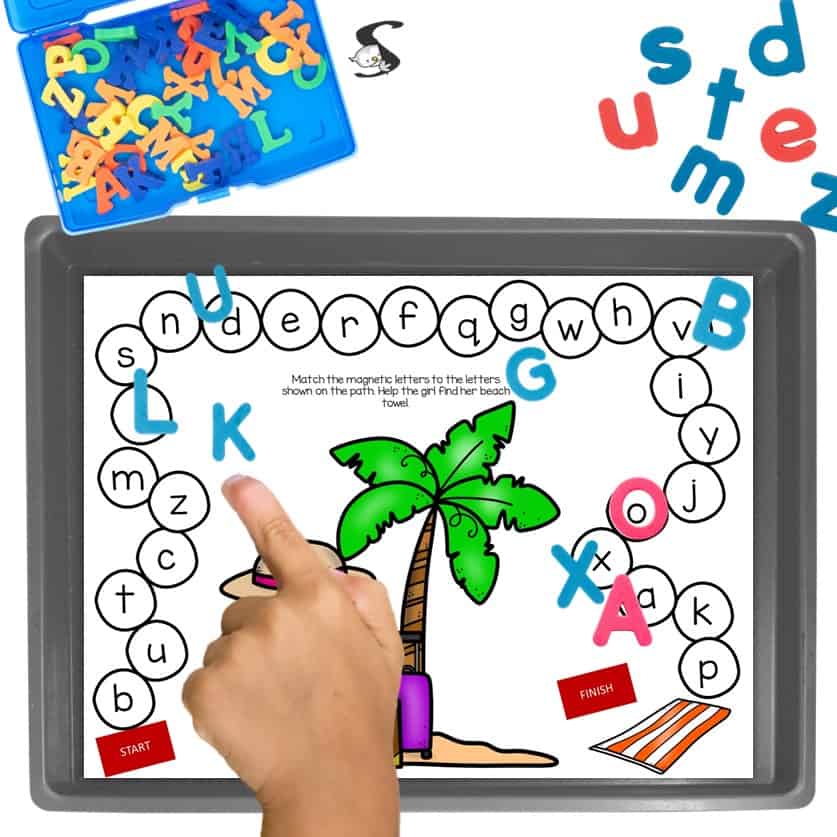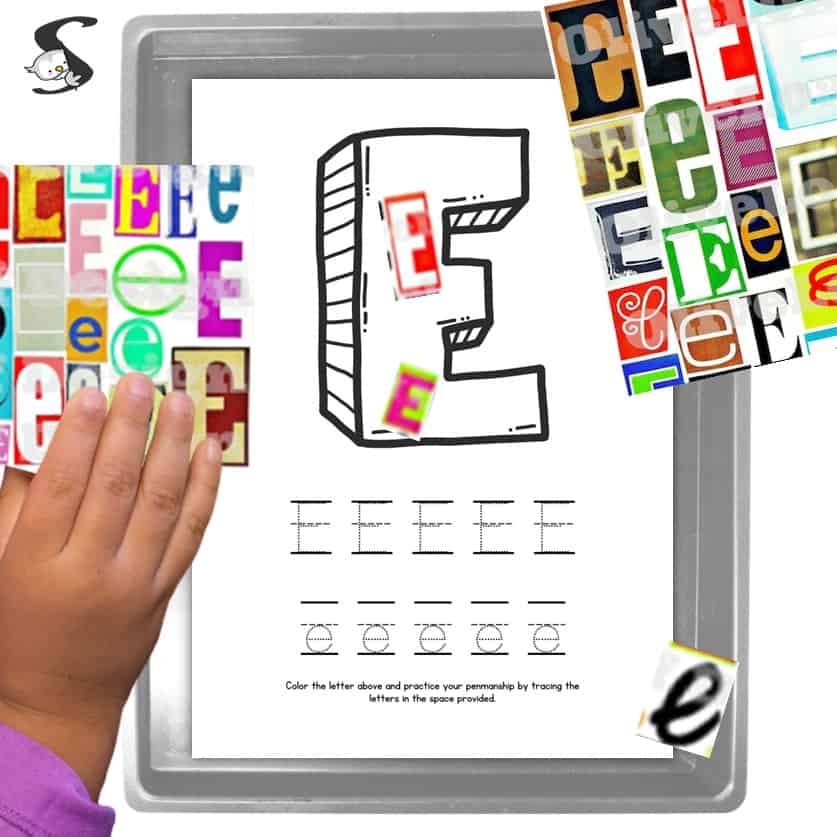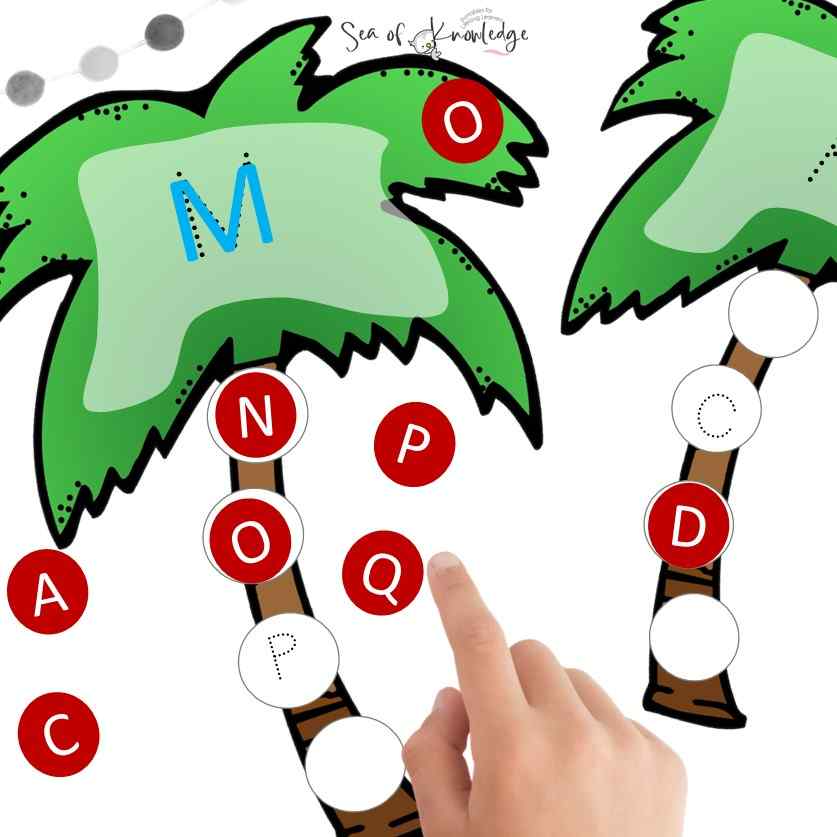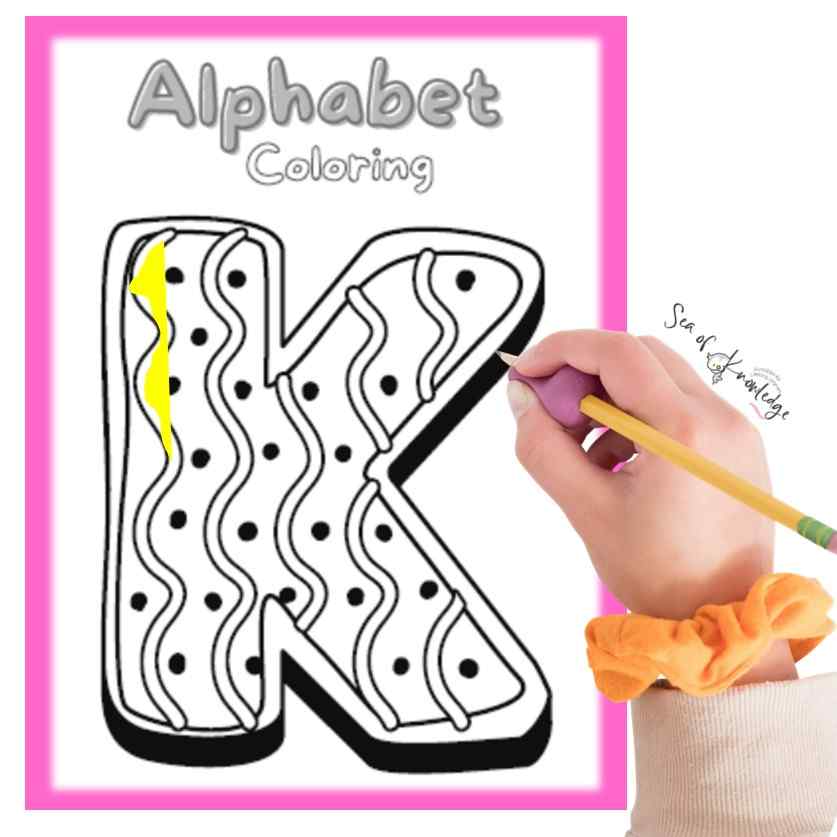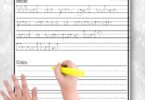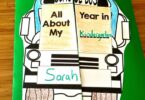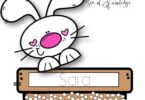I am thrilled to introduce you to a powerful resource that will transform the way your children learn phonics—the letter sound cards! Teaching kids letter sounds is an important step early in their learning journey.
In this article, we will delve into the fascinating world of phonics, explore the benefits of using black and white phonics alphabet cards, and provide you with a comprehensive guide on how to make the most of these engaging resources.
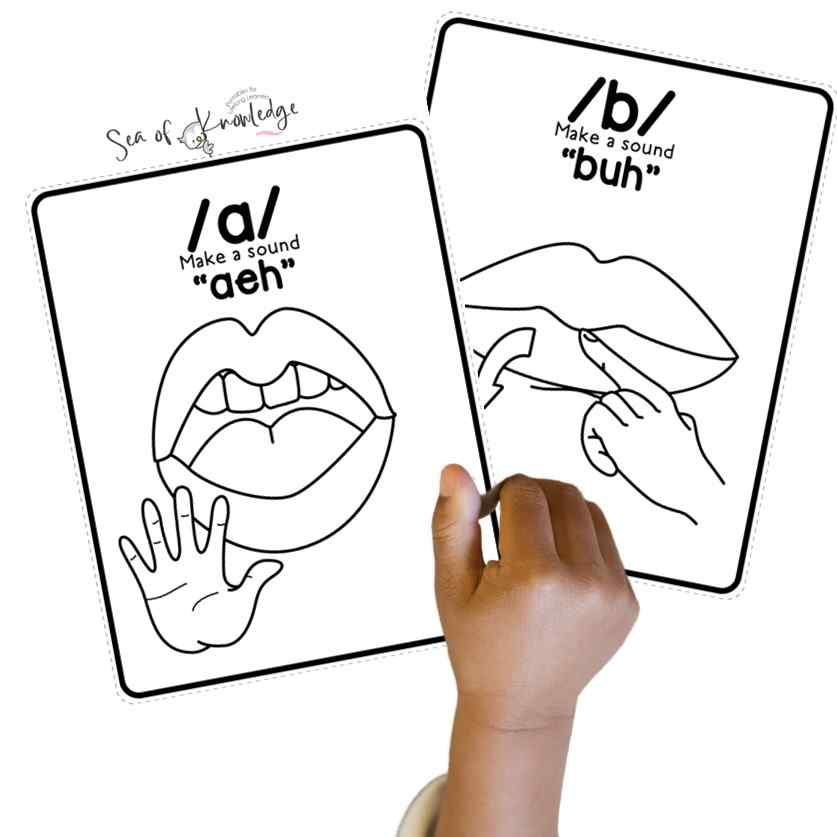
Additionally, we will share exciting ideas for games and activities that will ignite your child’s imagination and foster a love for learning. How to teach lowercase letters and beginning sound, and final sounds skills at this age too.
Best of all, these letter sound cards are available for free download, ensuring accessibility for all.
It’s essential that we teach the letter sounds in order, like the a sound words in their short and long forms.
So, let’s embark on a magical journey and unlock the true potential of learning with phonics!
Letter sound cards are one of the resources I have found to really help kids with letter sound connection.
For instance, I found that showing the students the way the mouth appears when making the sound, helped them actually produce it.
Teaching Letter Names
Teaching letter names to preschoolers can be a fun and engaging experience for both the children and the instructor.
It is important to note that children at this age are still in the early stages of language development, and thus, learning the names of letters is an essential step in their literacy journey.
One of the ways to teach letter names is through songs and rhymes.
Songs such as the “Alphabet Song” and “The Wheels on the Bus” can be fun and effective in helping children memorize the names of letters.
These songs can be accompanied by actions that represent each letter, making it easier for children to remember.
There are so many small group activities for letter recognition. Using task cards and picture cards is also a great way to promote literacy learning.
Another way to teach letter names is through games and activities. For instance, teachers can hide letters in a room and have the children find them.
This activity helps children associate the names of letters with their physical appearance and can be a fun way to engage their senses.
It is important to note that teaching letter names should not be the sole focus of a preschooler’s literacy journey.
Children should also be exposed to phonemic awareness, which involves identifying and manipulating individual sounds within words.
Phonemic awareness is a crucial skill that helps children to read and write effectively.
Teaching letter names to preschoolers is an essential step in their literacy journey.
Teachers can use songs, games, and other fun activities to engage children and make the learning process enjoyable.
It is important to remember that letter names are just one aspect of a preschooler’s literacy journey and that phonemic awareness should also be emphasized.
By providing a balanced and engaging approach to literacy instruction, children can develop the necessary skills to become confident and proficient readers and writers.
Phonetic Sound Cards for Kids: The Gateway to Reading Success
Phonics is a key building block in developing reading skills and empowering children to become confident readers.
Phonetic sound cards are an essential tool in introducing and reinforcing letter sounds, which form the foundation of phonics instruction.
Black and White Phonics Alphabet Cards: Simple Yet Effective
Our black and white phonics alphabet cards have been thoughtfully designed to captivate children’s attention while maintaining simplicity.
The bold letter formations on these cards allow young learners to focus solely on the letter sounds, without any distractions.
The black and white format also encourages creativity, as children can personalize and color their cards, making the learning experience more enjoyable and personalized.
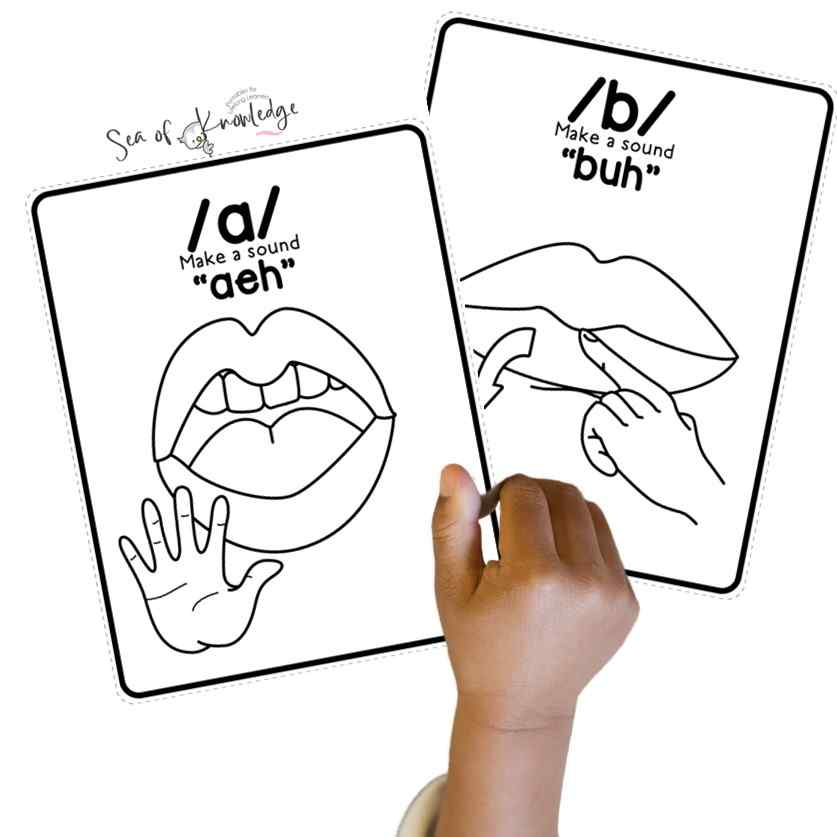
How to Use the Phonics Letter Sound Cards
1. Introduction: Begin by introducing the letter sound cards one by one. Show your child a card, pronounce the sound clearly, and encourage them to repeat it after you.
Be sure to grab the free printable file for the letter sound cards right here.

Repeat this process until your child becomes familiar with all the letter sounds. You can use examples from beloved children’s books, such as “The Very Hungry Caterpillar” by Eric Carle, to reinforce the sounds.

2. Letter-Sound Practice: Once your child has grasped the basic letter sounds, use the cards for reinforcement.
Mix up the cards and ask your child to identify the sound as you show them each card.
This interactive exercise helps solidify their understanding and boosts their confidence in recognizing letter sounds.
3. Blending Sounds: Gradually introduce blending sounds together.
Select two or three cards and pronounce the individual sounds.
Encourage your child to blend the sounds and identify the corresponding word.
For example, using the cards ‘c,’ ‘a,’ and ‘t,’ your child can blend the sounds to say “cat.”
You can create engaging stories using characters and settings from popular books like “Where the Wild Things Are” by Maurice Sendak.
This is the perfect activity for use in several different ways, you can use them as a set of flashcards or with magnetic letters and more.
You can even make a booklet as sound clip cards or double-sided flashcards.
Kids and young children will love learning the sounds letters and the shapes of the mouth are also on the flashcards.
Get this comprehensive set of educational flashcards below. The download is a PDF file.
How to Play a Memory Game Using the Phonics Letter Sound Cards
Playing memory games with letter sound cards not only reinforces letter-sound associations but also enhances memory and cognitive skills.
Here’s how you can play this exciting game:
1. Preparation: Print out two copies of each letter sound card and cut them out. Shuffle the cards and place them face-down in a grid-like arrangement.
2. Game Rules: Take turns flipping two cards at a time, trying to match a letter with its corresponding sound.
If a match is made, keep the cards and earn a point. If not, flip the cards back face-down, and it’s the next player’s turn.
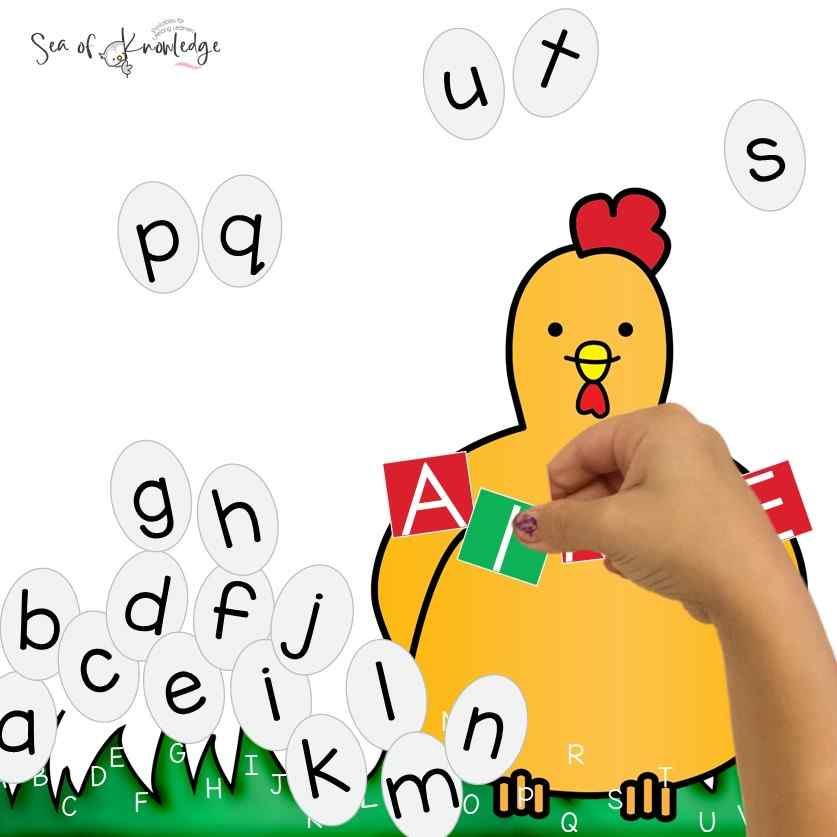
3. Winner: The player with the most matches at the end of the game is declared the winner.
Celebrate their success and encourage further practice and play.
Use characters from popular children’s books like “The Cat in the Hat” by Dr. Seuss to create a vibrant and immersive game experience.
How to Help Kids Who Are Struggling with Their Letter Sound Association
Every child learns at their own pace, and some may face challenges with letter sound associations.
Here are some strategies to support children who are struggling:
1. Individualized Attention: Provide one-on-one support and tailored activities that focus on the specific sounds your child finds challenging.
Create personalized stories or incorporate characters from books like “Brown Bear, Brown Bear, What Do You See?” by Bill Martin Jr. to make learning engaging and relatable.
2. Multi-Sensory Approaches: Engage multiple senses by incorporating tactile activities.
Encourage your child to trace the letters with their fingers or use sensory materials like sand or rice to form the letter shapes.
You can use examples from books like “Chicka Chicka Boom Boom” by Bill Martin Jr. and John Archambault to create hands-on experiences.
3. Positive Reinforcement: Celebrate small victories and offer praise and encouragement to boost your child’s confidence.
Utilize storylines and characters from books like “The Little Engine That Could” by Watty Piper to teach resilience and perseverance.
Games to Play Using These Phonics Flashcards
Beyond memory games, there are countless exciting activities you can explore to make learning with phonics letter sound cards fun and interactive.
Here are a few game ideas to get you started:
1. Sorting Sounds: Create different sound categories, such as animals, fruits, or objects, and ask your child to sort the cards based on the sound they hear at the beginning, middle, or end of the word.
For example, sort cards featuring words from “Green Eggs and Ham” by Dr. Seuss into categories like animals, food, or places.
2. Treasure Hunt: Hide the letter sound cards around the house or classroom and have your child embark on a treasure hunt.
Once found, ask them to pronounce the sound or create a word that begins with that sound.
3. Story Creation: Lay out a few letter sound cards and encourage your child to create a story using words that start with those sounds.
This game sparks creativity and language development. Utilize characters and settings from books like “Winnie-the-Pooh” by A.A. Milne to inspire imaginative storytelling.
With our free downloadable letter sound cards, learning phonics becomes an enchanting adventure for children.
The black and white phonics alphabet cards provide simplicity and versatility, while interactive games and activities make learning fun and engaging.
As an expert in early childhood education, I urge you to seize this opportunity to unlock the true magic of learning for your child.
Download our letter sound cards today and watch as their reading skills flourish.
Let the power of phonics ignite a love for learning that will last a lifetime.
Together, we can inspire young minds to become confident readers and lifelong learners.

